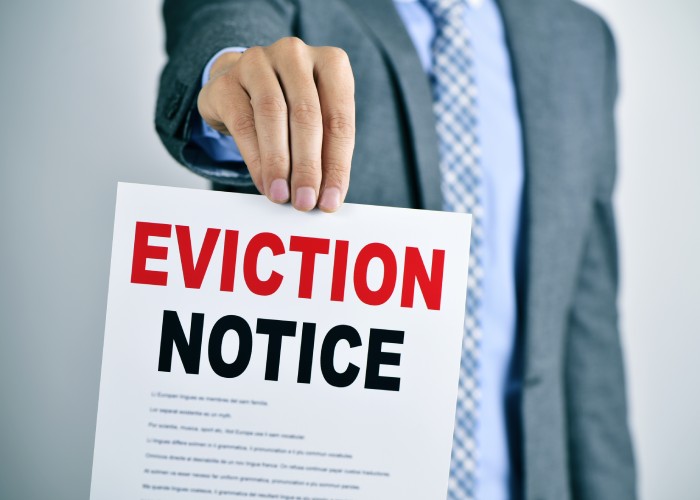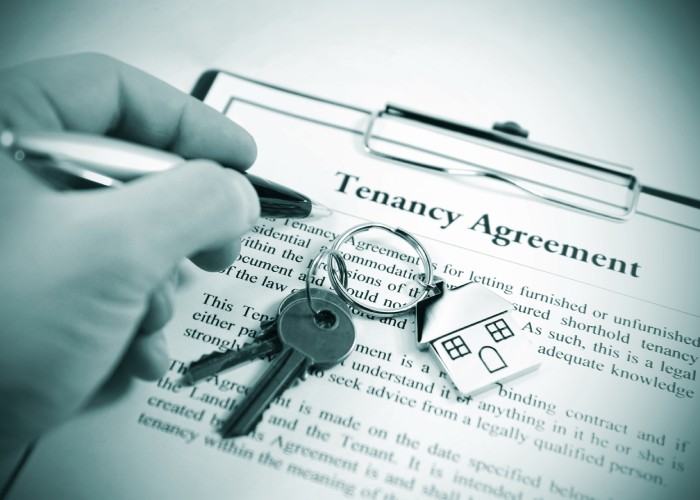As a landlord, you have the right to evict a tenant for a number of reasons. One reason is the non-payment of rent. Another is damaging the property. But there’s also something called a “no fault” eviction, which is when you, as the landlord, want to move into the property or sell it and give the tenant two months’ notice, according to speciality insurer Just Landlords. This is also called a Section 21 eviction, and this article will discuss this process in detail.

What is a Section 21 Eviction?
A Section 21 eviction is when a landlord ends a tenancy so they can either move in themselves or sell the property. The landlord must give the tenant at least two months’ notice in writing before they can ask them to leave. Once the landlord has given the tenant notice, they can ask the court for an eviction order if the tenant doesn’t leave by the date specified in the notice.
However, there are some circumstances where a landlord cannot rely on a Section 21 eviction. For example, if the property is in disrepair or the tenant has not been given proper information about their rights, then a Section 21 eviction may not be possible.
It’s important to note that, unlike other types of evictions, a Section 21 eviction does not require the landlord to prove that the tenant has done something wrong. That’s why it’s often called a “no fault” eviction. However, this doesn’t mean landlords can evict tenants without any justification whatsoever.

There are still certain requirements that must be met in order for a valid Section 21 eviction notice to be issued. For example, the tenancy must be an Assured Shorthold Tenancy (AST). This is the most common type of tenancy agreement in England and Wales and applies to most privately rented properties.
The notice must also be properly served on the tenant in accordance with the rules set out in the Housing Act 1988. If these rules are not followed, then the notice may be invalid, and the landlord may not be able to rely on it to evict the tenant.
When Can I Serve a Notice?
Certain restrictions exist on when a landlord can serve a notice under Section 21 of the Housing Act 1988. For example, a landlord cannot serve a notice during what’s known as the Protection Period.

The Protection Period is the period of time between when a tenancy agreement is signed and when it expires (usually six or twelve months). This means that, in most cases, landlords cannot serve notices during The Protection Period unless they have grounds for doing so (e.g., non-payment of rent).
Once the Protection Period has ended, landlords still cannot serve notices without justification. For example, they cannot serve notices simply because they want to increase rent or because they want new tenants who will pay more rent than the current tenants. In these cases, landlords would need to provide another valid reason for evicting their tenants (e.g., breach of contract).
Furthermore, even if the Protection Period has ended and there is justification for serving notice under Section 21, there are still certain restrictions on when notices can be served. For example, notices cannot be served within four months of when the Protection Period ended unless there are grounds for doing so (e.g., non-payment of rent).
Conclusion
In conclusion, Section 21 “no fault” evictions are evictions carried out by landlords for any number of reasons, including wanting to move in themselves or sell the property. In order for a landlord to evict a tenant using a Section 21 eviction, they must give the tenant at least two months’ notice in writing and follow the rules set out in the Housing Act 1988.




